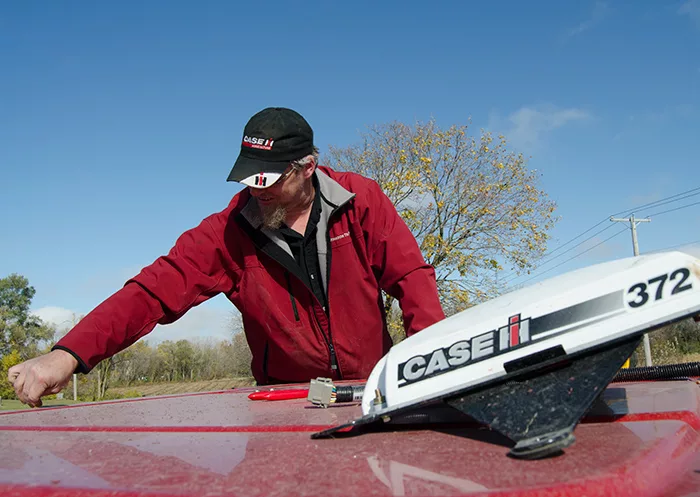2015 Essential Guide to Precision Farming Tools
GPS receivers were featured in the Fall 2015 edition of Precision Farming Dealer.
Accurate Global Navigation Satellite System (GNSS) sources are important in several aspects of production agriculture today. This technology was the driver for the development of variable-rate application (VRA) of crop inputs and seed. The process started by collecting GPS reference soil samples that lead to the creation of VRA fertilizer application maps. Now, farmers and service providers have the ability to create VRA maps for almost every product applied during the growing season.
In the early to mid-1990s, the only GPS correction signals that were available for use in agriculture were ground-based systems like the Coast Guard differential beacon systems or one of several privately owned correction services. If a grower or service provider was fortunate enough to be working within range of these towers, then they could have a corrected GPS signal for tasks like soil sampling or mapping field boundaries.
With the development of the Wide Area Augmentation System (WAAS) correction source in the late 1990s, most agriculture users had access to an affordable quality Global Positioning System (GPS) source. Growers and their dealers could also use satellite-based corrections sources like OmniStar or StarFire if they were looking for a more accurate signal.
The turn of the century brought the use of assisted steering systems, which elevated the use of GPS technology in agriculture. Around this same time, the first yield monitors were released, providing farmers the functionality to have geo-referenced yield data points documenting precise crop yield levels across all areas of the field. This harvest data, combined with geo-referenced soil fertility information, became the raw material needed to create more accurate crop nutrient recommendations and increased adoption of VRA.
The precision farming industry quickly developed new field computers capable of integrating the latest state-of-the-art positioning systems necessary for machine guidance and product application to make grower and service provider’s use of this technology easier than ever before.
“Dealers today can offer new products and services that would not have been possible just 15 years ago without GPS technology...”
Over time, growers were collecting increasing amounts of geo-referenced data as equipment operated in the fields and could control multiple applications within one pass. By the mid-2000s, the cost of the most accurate GNSS correction source, Real Time Kinematic (RTK), became cost effective to use in production agriculture.
These systems use a series of land based GNSS receivers to broadcast a correction signal via an FM radio carrier wave or cell modem. This new, one-inch, pass-to-pass and year-to-year repeatability has opened the door to even more advanced field computers capable of facilitating new processes and functionality, like planter row shutoffs.
The size and cost of GNSS/GPS receivers has decreased greatly from 20 years ago to where these systems are small enough to be mounted on unmanned aerial vehicles for growers to capture geo-referenced images of a growing crop. These images are now being used to understand the health and development of the crop, to better manage the crop and increase productivity.
We are still learning how to optimize the use of this technology, but without a quality GNSS source, these new opportunities could not be realized. The machine control and product application most growers and service providers take for granted would not have been possible without the advancements in the GNSS/GPS segment of precision farming industry.
The development of more accurate GNSS/GPS has created new opportunities for everyone working in agriculture. Dealers today can choose to offer new products and services that would not have been possible just 15 years ago without this technology. As growers begin to use more of the data created by using GNSS/GPS technology the opportunities to expand your dealership services offerings increase again.
The service providers and dealers who choose to embrace this technology and expand their businesses will grow as producers continue to use more of this technology and data every year.




![[Technology Corner] Autonomy & Robotics Take Center Stage](https://www.precisionfarmingdealer.com/ext/resources/2026/01/12/Autonomy--Robotics-Take-Center-Stage.webp?height=290&t=1768253759&width=400)


